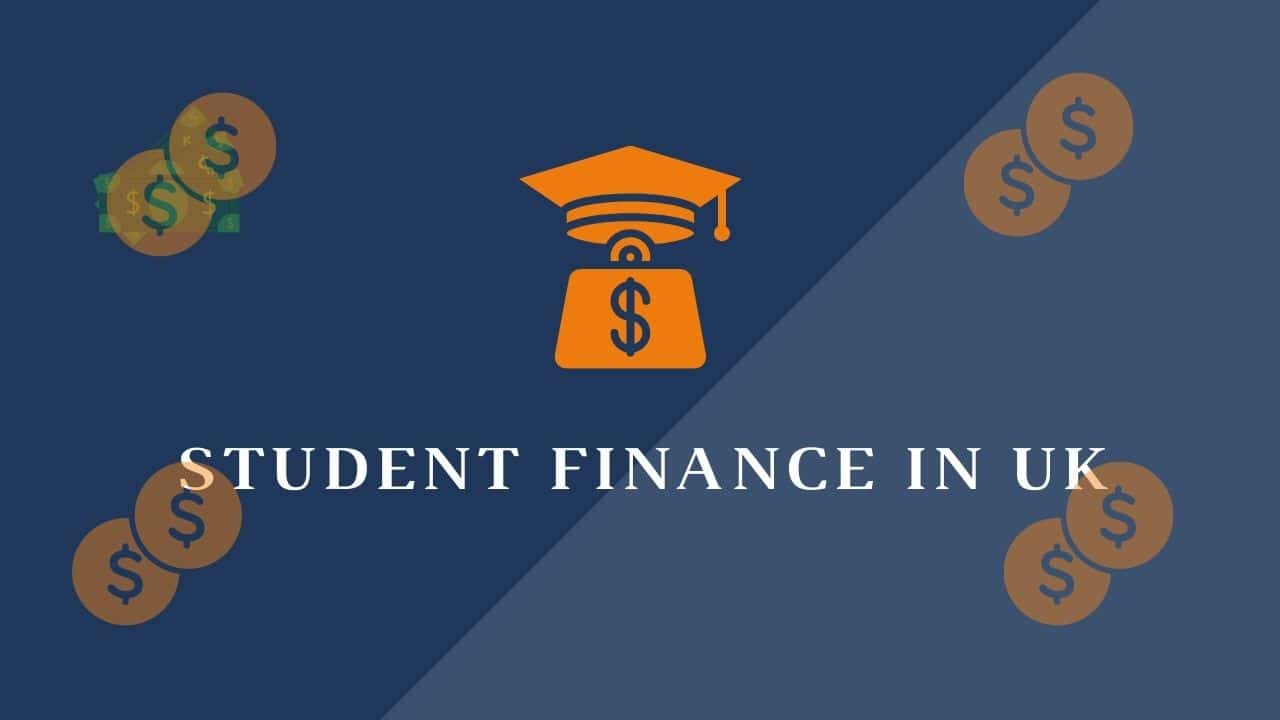Every startup needs funding. With appropriate funding, startups can capitalize on fresh opportunities, advertise their goods, and employ and retain talent. Startup funding is the money needed to start a business. This article will cover startup funding rounds, how it works, and the best options for entrepreneurs. With this knowledge, you may get seed funding for your startup and expand your business.
Startup Funding
Funding for a new business, also known as startup funding or startup capital, is money that an entrepreneur invests to start a new company. The funding can come from different sources and can be used in multiple ways, including purchasing products, leasing space, recruiting personnel, or renting space, all of which are examples of operational expenses that are necessary for a firm to incur to get off the ground.
The process of funding a startup often begins with a firm valuation, which can affect the level of investor interest in the company and the amount of funds a startup can bring in. Seed rounds are typically the first stage of funding for startups, which are subsequently followed by Series A, B, and C rounds. Each firm’s timing and rounds differ; some entrepreneurs look for investors for months. While others can conclude a round in only a few short weeks.
How Does Startup Funding Work
- Determine the amount of cash that is required for the startup. Before looking for finance, it is essential to determine the amount of funding required for the startup. This will help determine which funding choices are the most appropriate.
- Investigate the available funding options. Entrepreneurs with new businesses usually have access to various funding opportunities. These include those provided by the government, crowdfunding platforms, equity investments, as well as corporate loans. Also, it is essential to conduct a study and understand the benefits and drawbacks of each possibility.
- Write a business plan. The ability to secure money is aided by having a detailed business strategy. Hence, details on the start-up, the market being targeted, the competitors, and the financial projections should be included in the business plan.
- Submit a funding application. After researching the available funding avenues and developing a business plan, the next step is to submit a funding application. The application procedure could differ depending on which funding method is selected.
Seed Startup Funding
Seed funding is the earliest form of capital for a startup, typically from angel investors, friends, family members, or the original company founders. It is used to start the company, covering costs such as business plans, initial operating expenses, and research and development. Seed funding is crucial for a startup to get ideas off the ground and give a potential company and idea life. However, it is considered one of the riskiest investments, as the company has not yet proven itself in the market.
There are different sources of seed funding, including:
- Friends and family funding
- Angel investing
- Seed accelerators
- Crowdfunding
- Incubators
- Government grants
- Corporate ventures
- Micro-Venture Capital
A newer form of seed funding for a startup is corporate seed funding, where large corporations, such as Apple, Intel, and Google, provide seed money for notable projects. Seed funding can be raised online using equity crowdfunding platforms like SeedInvest, Seedrs, and Angels Den. Investors decide to fund a project based on the idea’s perceived strength and the founders’ capabilities, skills, and history.
The right time to raise seed funding for a startup is when the founders have figured out the market opportunity and customer focus. It is recommended that companies aim to raise their seed round when they have less than $3 million in annual recurring revenue (ARR). The average amount of funding raised in a seed round is $2.2 million, but it can be as low as $100,000 or as high as $5 million.
Stages and Types of Seed Startup Funding
There are several stages and types of seed funding, including the following:
- Pre-seed funding: This is the earliest stage of funding, where founders often invest their own money or receive funds from close friends, supporters, and family. It aims to provide the initial push for the idea and help cover the costs of researching the market, hiring a team, and starting production.
- Seed funding: This stage involves attracting angel investors who provide funds for further research, product development, and hiring a founding team. Some well-known companies that participate in seed funding include Y Combinator, 500 Startups, SV Angel, and Techstars.
- Crowdfunding: This form of seed funding allows startups to raise equity rounds from individuals through platforms like Republic and StartEngine.
- Corporate seed funding: Corporate venture arms and funds provide seed-stage investments to companies that fit their growth plans or thesis.
How to Get Startup Funding
There are several options for funding a startup, and the right choice depends on your business’s situation and growth potential. Here are some of the best startup funding sources:
- Business loans: Debt financing that provides capital without diluting ownership in your business. Traditional banks may have strict lending criteria for startups, but alternative finance lenders can offer unsecured funding options
- Business credit cards: Leverage your personal credit history to access business credit for funding your startup.
- Debt-free funding: Alternative sources of startup funding that may be suitable depending on your business’s unique situation.
- Friends and family: If you can’t qualify for a traditional bank loan, consider borrowing from friends and family. However, be sure to systematise this form of funding and consult resources like the Minority Business Development Agency for guidance.
- Crowdfunding: Platforms like Kickstarter and IndieGoGo allow you to raise capital through small investments from many individuals. This option is also a great way to gain exposure for your startup while seeking funding.
- Venture capital and angel investment: Seek equity financing from venture capitalists or angel investors who provide funding in exchange for a stake in your company. This option suits startups that require additional working capital to continue growing.
- Grants: Apply for startup grants from various organisations, government agencies, or private entities that offer to fund specific types of businesses or industries.
Startup Funding Rounds
Startup funding rounds refer to the different stages of investment that a startup goes through to raise capital and grow its business. These rounds allow investors to invest money into a startup in exchange for equity or ownership in the company. The rounds are typically named Series A, Series B, Series C, and so on, with each round representing a different stage of the startup’s growth and development.
Startup funding rounds for a business include the following:
#1. Seed Funding
This is the first money many startups raise to fund product development and market research. Family, friends, angel investors, incubators, and early-stage venture capitalists can provide seed money. Angel investors are the most common early investors. Some firms believe seed funding rounds are enough to launch a startup. Seed funding is used to start the company and is considered high-risk since it has not yet proven itself in the market.
#2. Series A Funding
After seed funding, the next funding round for a startup is Series A funding. At this point, the startup usually has not made any money yet and is looking for more money to help get the business off the ground. Series A funding is usually bigger than seed funding, and more than $10 million is usually raised. This round of funding is used to develop the workforce, product, and business
#3. Series B Funding
Series B funding occurs when the company has a higher valuation and a growing track record. The startup should have an expanding customer base, increased revenue, and successful products or services at this stage. Private equity investors and venture capitalists usually provide series B funding. The company’s valuation is based on its performance compared to the overall industry, assets, and revenue predictions.
#4. Series C and Beyond
Series C funding and subsequent rounds follow the same pattern as Series A and Series B funding for a startup. The company’s valuation continues to increase as it demonstrates further growth and success. These later funding rounds generally scale the business across different markets and optimize its value offerings. At this stage, startups may consider going public through an initial public offering (IPO).
How Much Is a Lot of Funding for a Startup?
When raising startup funding, the amount of funding that can be considered a “lot” varies depending on the startup stage and the industry. It’s important to note that the amount of funding a startup needs will depend on factors such as the business model, market opportunity, and growth potential. When deciding how much to raise for a startup, consider the amount necessary to reach the next funding rounds or achieve profitability, typically between 12 and 18 months.
How to Fund a Startup Without Investors
Not getting investors does not mean you can not fund your startup. As there are other options you can consider. Such as:
- Bootstrapping: This involves reducing your company’s external debt and equity financing from any investor, third-party company, or bank.
- Self-funded (Bootstrapped): This involves funding your startup using your personal savings, retirement funds, or other personal resources.
- Friends and Family: Over 38% of entrepreneurs report raising money for their ideas from loved ones, and over $60 billion is raised in startups from friends and family each year.
- Loans: Small-business loans allow you to retain full ownership of your startup, but you’ll start repaying the loan (plus interest) immediately.
Do Startups Need Funding?
Startups often require funding for various reasons, such as product development, marketing, and growth. Funding is crucial for startups to gain access to the business world, ensure their product is the best possible version, and compete with larger companies. It helps startups cover expenses such as incorporation, business licenses, insurance, facilities, equipment, marketing collateral, and hiring necessary talent.
Who Pays for Startups?
Startups can be funded through various sources, including government-backed loans, seed funding from investors, and personal funding from friends and family.
Why Do Startups Fail to Get Funding?
Startups fail to get funding for various reasons. Some of the common reasons include:
- Inability to generate sustainable revenue: Startups that cannot generate consistent revenue streams struggle to attract investors. Investors are more likely to invest in companies with a proven track record of generating revenue and a clear plan for future growth.
- Bad product-market fit: A product that does not meet the target market’s needs is less likely to succeed. Startups must ensure that their product or service is designed to solve a specific problem for their target audience.
- Losing to competitors: In highly competitive markets, startups must differentiate themselves from competitors and offer unique value propositions. Failing to do so can lead to a loss of market share and difficulty attracting investors.
- Running out of money: Startups often face cash flow issues, especially in the early stages. Inadequate financing or poor cash management can lead to insufficient funds to sustain the business, making it difficult to attract further investment.
- Targeting the wrong market: Failing to identify and target the right niche can lead to a lack of customer interest and, ultimately, business failure.
- Lack of research: Insufficient market research can result in a product or service not meeting customer needs. Startups must conduct thorough research to understand their target audience and develop offerings that cater to their needs.
- Ignoring business processes and issues: Overlooking essential aspects of business management can lead to problems that eventually cause the startup to fail. Startups should not ignore critical areas such as customer interviews and research.
What Is the Most Common Startup Funding?
The most common types of startup funding can be categorized into stages: seed funding, Series A, B, and C funding, and angel investments. Each stage has its own specific purpose and requirements, with varying amounts of funding raised depending on the startup’s growth and expansion needs.
Can You Get Funding With Just an Idea?
Funding with just an idea is possible, although it is rare. There are several ways to fund your startup without equity-based investment, such as grants, loans, micro-loans and crowdfunding.
Before seeking funding, it’s essential to have a solid idea, a well-researched market, and a clear business plan. Additionally, you should focus on providing traction for your idea and demonstrating your ability to execute it better than the competition. Once you have proven traction and executed your idea effectively, you may be better positioned to negotiate with venture capitalists or secure a better financing package.
How Many Startups Fail to Get Funding?
Startup failure rates vary depending on the source and methodology. According to the Startup Genome project, 9 out of 10 startups fail, while another source states that 7.5 out of 10 venture-backed startups fail, according to failory.com. The Bureau of Labor Statistics reports that 2 out of 10 new businesses fail in their first year of operation.
The failure rate of startups can vary depending on the type of startup and the method used to finance and grow the business. Startups that rely on private investment capital may have a higher failure rate, while those that start small build slowly and reinvest profits may have a lower failure rate.
Related Articles
- SEED FUNDING FOR STARTUPS: A Complete Guide
- The 2023 Best Business Loans For Startups (Updated)
- Get Funding with GroFin
- BUSINESS GRANTS FOR BLACK WOMEN: Top 21 Options in 2023






